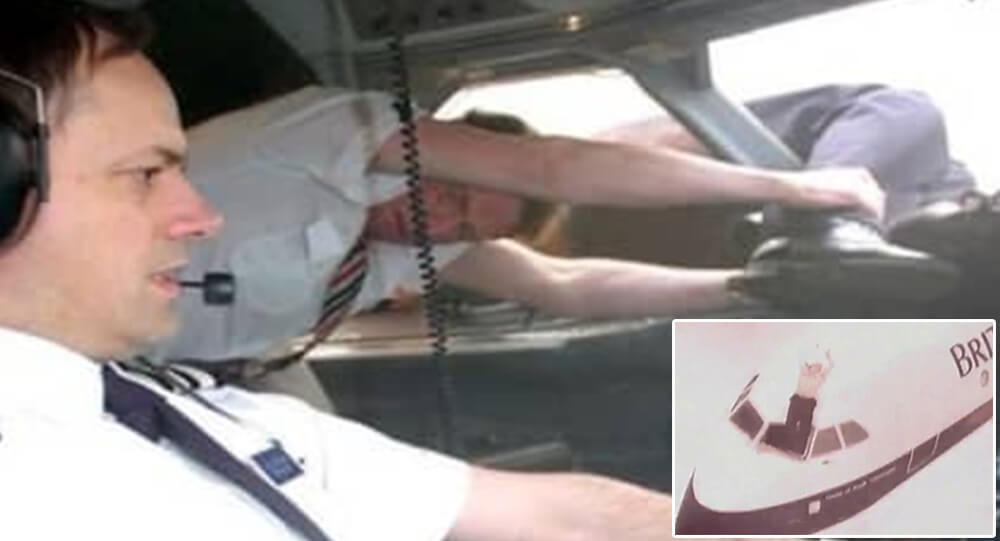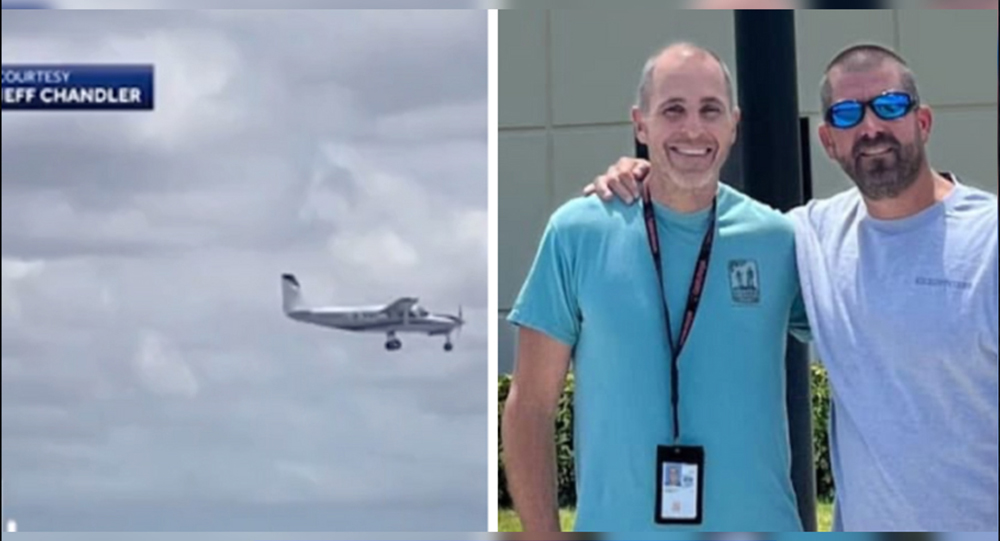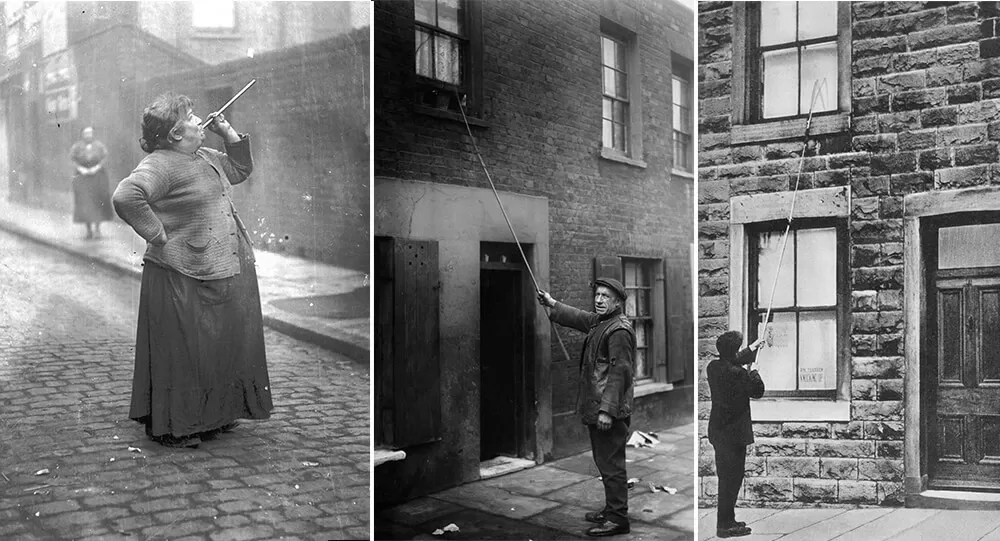Despite the fact that flying is still a mode of transportation used about 100 years ago, it has made life so much easier. Experts have even declared it to be the safest mode of transportation. Considering the hundreds, if not thousands, of flights that take place every day, a few crashes per year are nothing compared to the number of car accidents that occur every day.
Even with the safest mode of transportation, we still have a small percentage of events, and flight British Airways 5390 was a one-of-a-kind incident in the history of commercial flying. BA flight 5390 was a service from Birmingham (BHX) down to Málaga–Costa del Sol (AGP), Spain’s fourth-busiest airport.
Another day in the Boring Life of a Pilot
On June 10th, 1990, nothing had changed. For a long time, the same plane, the BAC 1–11–500, was used for this flight. The plane had been in the British Airways fleet since 1988 and had been properly maintained. British Airways is known for taking excellent care of their planes. There were 81 passengers on this flight, including four cabin crew members and two pilots.
Captain Tim Lancaster, who is 42 years old and has over 11,000 flight hours, piloted the plane. At the age of 39, Alastair Atchison, the co-pilot, had accumulated 7,500 flight hours. Both pilots had a lot of experience and had their fair share of in-flight issues as well as potential disasters that they were able to avoid because of their knowledge.
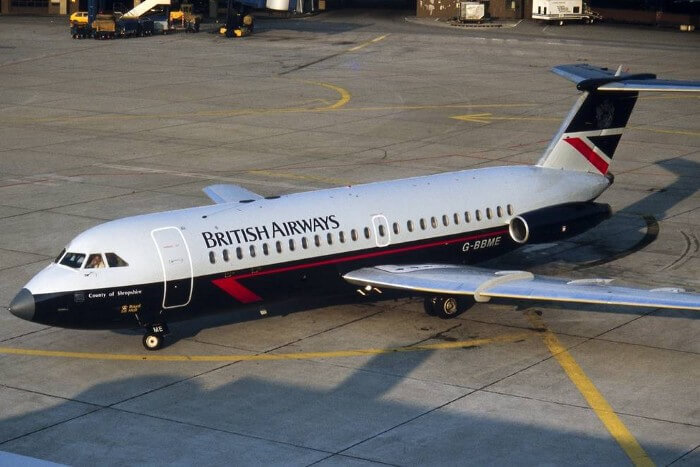
The aircraft passed both pre-flight and post-flight inspections, and there were no technical issues. The plane took off from Birmingham airport at 8:33 a.m. without incident. According to British weather, the level of turbulence was normal. The plane was gradually climbing to the required altitude for cruising to the destination. Commercial jets fly at an altitude of around 30,000 feet (8500 meters), but the BAC 1–11–500 was a smaller plane that cruised at 27,000 feet (8000 meters).
Explosive Decompression
Two of the cockpit windows shattered about 30 minutes after take-off, depressurizing the cabin and sucking Captain Tim Lancaster out. Lancaster was extremely fortunate because he would not have survived that day if one of the attendees had not acted quickly. Before disappearing out the window, flight attendant Nigel Ogden grabbed his Captain’s ankles. Lancaster could not be pulled back due to the high speed and low pressure at that altitude.
“I whipped round and saw the front windscreen had disappeared and Tim, the pilot, was going out through it — he had been sucked out of his seatbelt and all I could see were his legs,” (Quote by Nigel Ogden)
It wasn’t just the Captain’s life on the line, but the lives of everyone on board. If Ogden didn’t catch the Captain in time, the Captain had a good chance of flying right into the Jet’s engine, destroying it and causing an explosion that would send the plane into a nose-dive crash. Everyone on board would have died as a result of this.
Co-pilot Atchison was attempting an emergency landing by descending as quickly as possible towards Southampton airport. Ogden was starting to lose his grip as the co-pilot spoke with flight control in Southampton. Another flight attendant named Simon Rogers realized that Ogden was not able to hold the Captain for another 15 minutes until the plane landed, so they used extra seatbelts to tie the Captain’s legs to the chair.
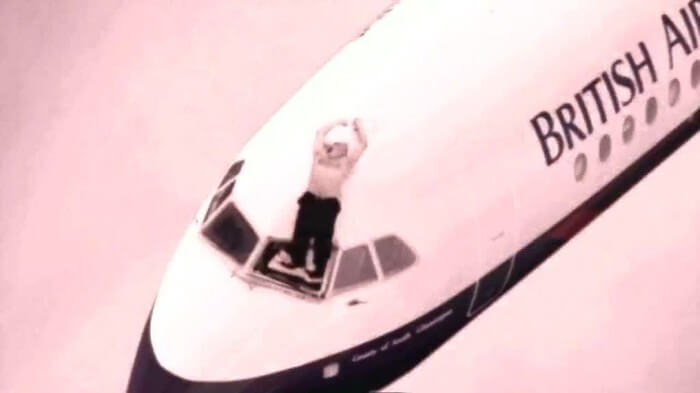
While all of this was going on, Lancaster was forced to remain in the same position due to the plane’s speed. The powerful speed combined with high winds from the high altitude ripped his shirt. One of the worst parts was that he couldn’t close his eyes for the duration, so he was constantly seeing potential death in the sky.
“Most terrifyingly, his eyes were wide open. I’ll never forget that sight as long as I live.” (Quote by Tim Lancaster)
Lancaster was able to return to the cockpit after the plane landed safely at Southampton airport around 8:50 a.m. The emergency services had waited for the plane to land before giving the Captain first aid. He was fortunate to escape with only minor injuries and his life. He was not deprived of oxygen, according to the medics, due to the quick descent. The Captain could have died from a lack of oxygen if the co-pilot had kept the plane at 27,000 feet for longer.
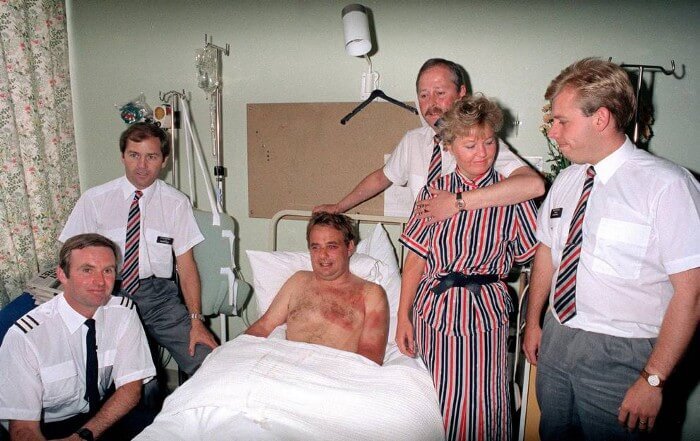
Everyone made it home safely at the end of the day. The entire crew can be seen in this photo surrounding their Captain, who has minor bruises on his chest and arms. The crew worked together to save not only their Captain, but also everyone else on board who was in grave danger.
